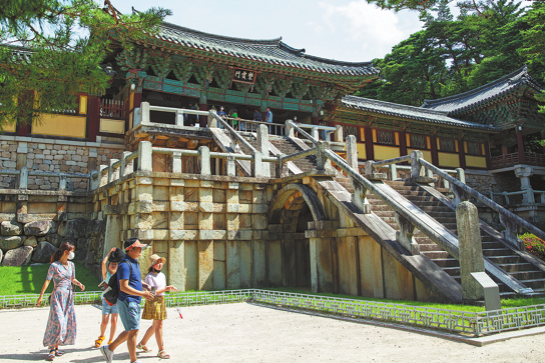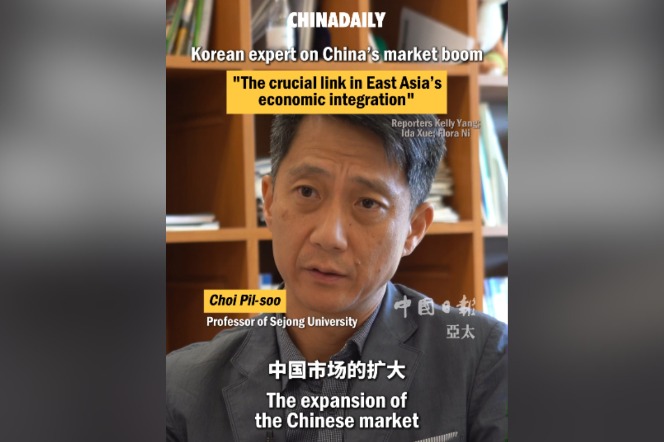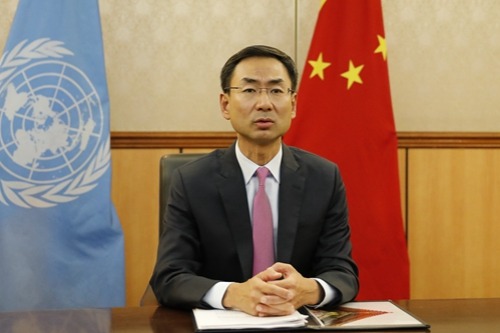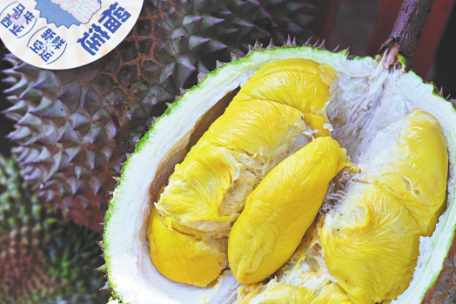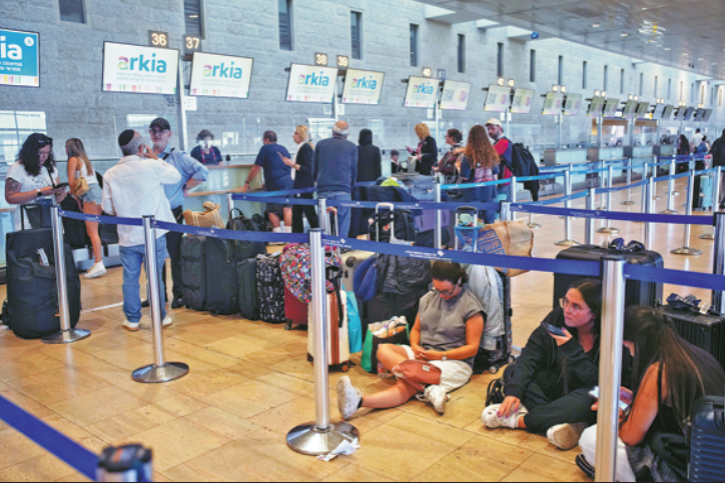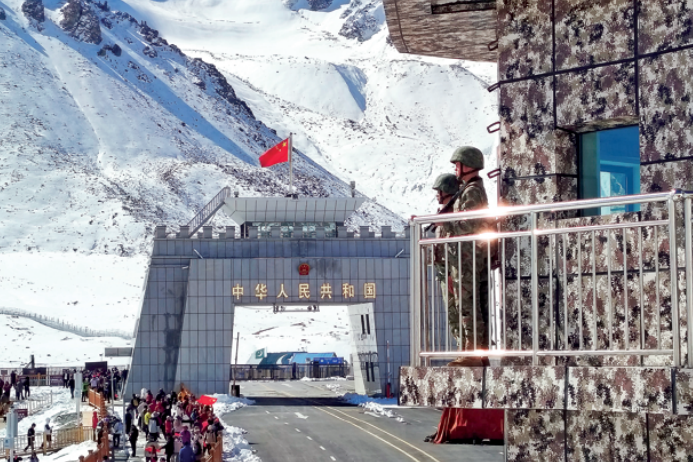Majesty of ancient royal capital a top attraction

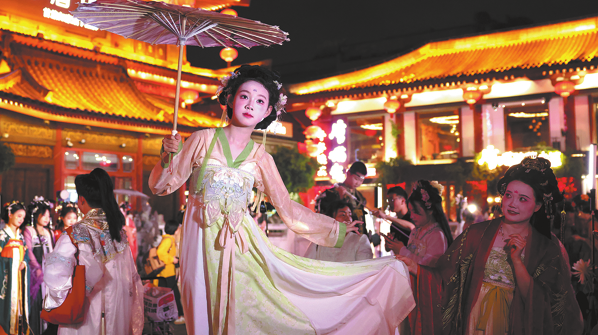
For Kim Hyun-jin, a doctoral student in the College of Natural Sciences at Seoul National University, memories of her first trip to Xi'an in July are palpable and detailed.
"In Xi'an, we visited the Bell and Drum Towers, the Grand Tang Dynasty Ever Bright City, the Big Wild Goose Pagoda, Shaanxi History Museum, and the Muslim Quarter. We tasted authentic local delicacies such as liangpi, a cold noodle dish, roujiamo, a meat sandwich, and zenggao, steamed rice cake."
Kim's journey to the heart of ancient China and an old royal capital was inspired by her doctoral supervisor, who had visited Xi'an for academic exchanges late last year.
"I was struck by Xi'an's profound historical atmosphere, delicious street food and the warmth of its people. What impressed me the most was the various performances on the streets of the Grand Tang Dynasty Ever Bright City at night, which felt like stepping right into the Tang Dynasty (618-907)."
Kim said many of her friends have chosen Xi'an as their first stop in China, drawn by its history, rich culture and beautiful scenery.
Indeed, South Korean tourists have been a leading force in Xi'an's foreign visitor market. The Xi'an Municipal Administration of Culture and Tourism says South Korea has ranked among the top three sources of inbound tourists to the city since 2017 and has held the top spot since 2023. This surge has been fueled by China's expanded visa-free policies over the past year.
As Shaanxi Daily reported, data from the Shaanxi General Station of Exit and Entry Frontier Inspection show that more than 100,000 foreign travelers entered Xi'an from Jan 1 to July 9 under the visa-waiver policy, a 290 percent year-on-year rise, with South Korean, Malaysian and Russian visitors leading the way.
Zhao Guang, an itinerary manager at Xi'an Hanya International Travel Agency who has nearly five years' experience catering to South Korean tourists, said Xi'an's appeal lies in its blend of historical culture and natural landscapes.
"In Xi'an, attractions such as the Terracotta Warriors and Huaqing Palace are essential stops. Shaanxi History Museum and the City Wall are also popular requests from South Korean tourists. After all, people come to Xi'an precisely to see its historical relics," Zhao said.
"In addition, South Korean tourists generally enjoy hiking and natural scenery, which is why Mount Huashan has become a must-visit site. In fact, it has recently become the most popular attraction in our tour packages.
"South Korea doesn't have landscape like this, so visitors are often amazed. When they take the cable car up to the West Peak and then climb to the summit, they often spend a long time taking photos, because it's a view they can't experience back home."
The visa-free policy has been a significant catalyst for this growth. Before the new rules came into effect, South Korean tourists had to apply for a Chinese visa at least 15 days in advance, Zhao said. Now a trip can be planned with just two to three days' notice. Zhao said his agency alone hosted nearly 50,000 South Korean visitors between January and October.
Beyond sightseeing, South Korean travel groups to Xi'an have become increasingly specialized. Zhao's agency is attracting ever more professional exchange groups, including agricultural associations exploring partnerships with Shaanxi agribusinesses, and photography clubs focused on capturing Xi'an's hanfu (traditional clothing) culture, ancient architecture and nightscapes.
"There's a trend toward younger and more specialized tour groups," Zhao said. "Both segments are growing, making Xi'an's inbound tourism market more diverse and dynamic."
The travel boom is not one-way. Following South Korea's introduction of visa-free travel for Chinese group tourists, which took effect on Sept 29, the number of Chinese tourists entering South Korea has increased. According to Chosun Daily, passenger traffic at Incheon Port International Passenger Terminal from Sept 29 to Oct 12 rose nearly 60 percent year-on-year.
Kang Ho-gu, director of the Sino-Korean Economy/Society Institute, said tourism is a key industry in economic collaboration between China and South Korea.
"The growth of tourism between our two nations not only fuels economic development but also deepens mutual understanding and strengthens the bonds of friendship between our people. Ultimately, this aligns with China's longstanding emphasis on the idea of peace and development being the theme of our times, because both are fundamentally built on friendly communication."
Xu Bihong contributed to this story.
















